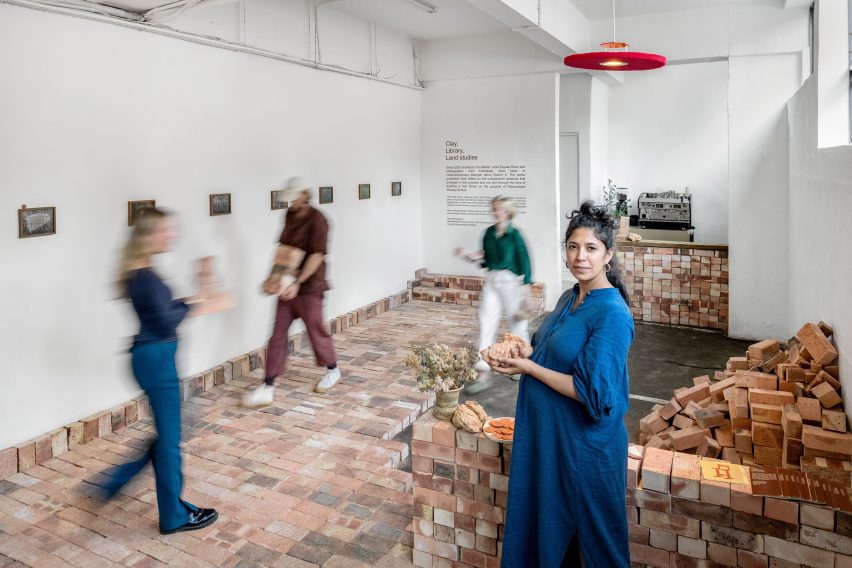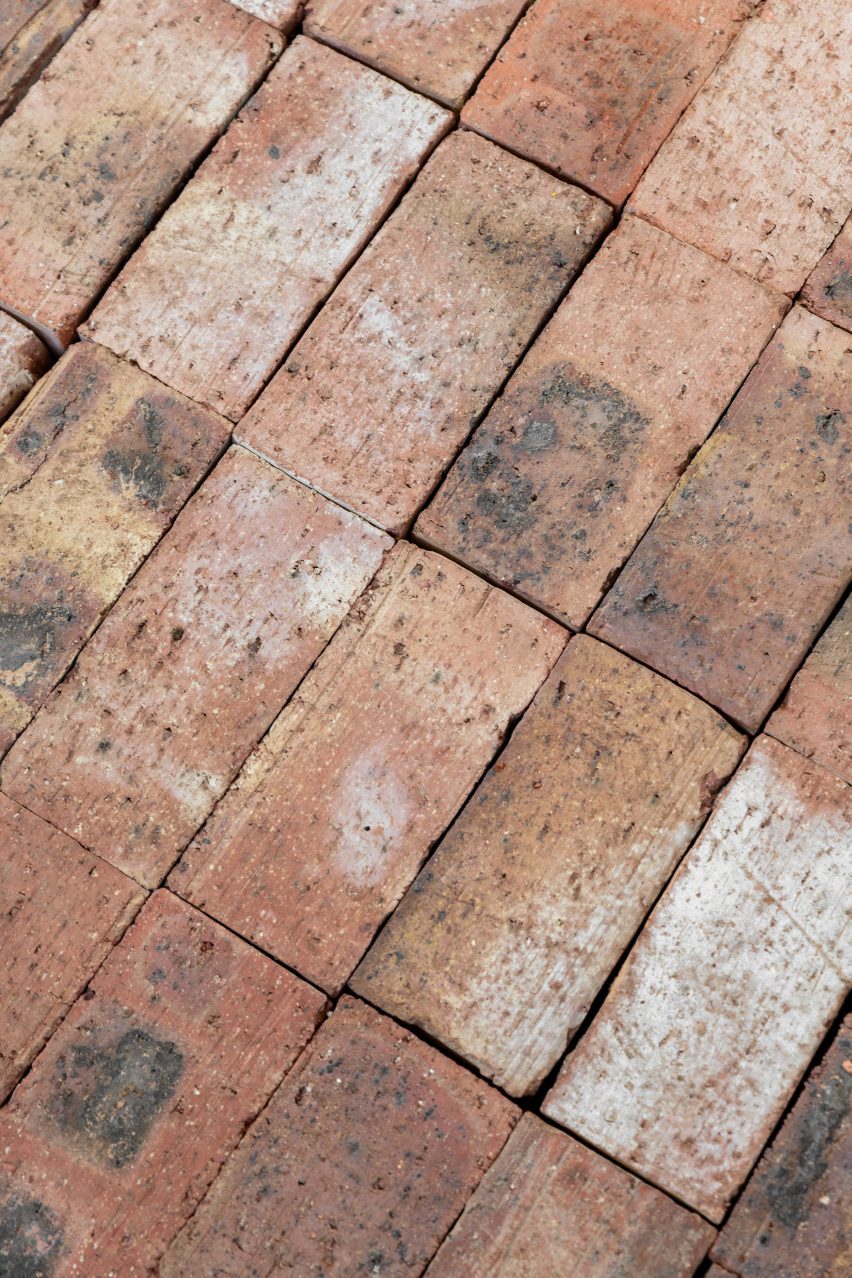Local firm The MAAK has worked with artists Zayaan Khan and Kent Andreasen to develop a historically sensitive approach to building in District Six – a contentious Cape Town neighbourhood that was razed during apartheid.
District Six was a multiracial neighbourhood that in 1966 was declared a “white area” under the apartheid government’s Group Areas Act. In the decade following, an estimated 60,000 of its residents were forcibly removed and their homes demolished.
Now, local clay containing the rubble of those demolished buildings has been fired into bricks that have been used in the construction of a new library at the Rahmaniyeh Primary School, the oldest remaining school in District Six.
This approach emerged from The MAAK’s work with Khan and Andreasen, which began three years ago when the architects, who specialise in community-orientated practice, were approached to design the library.
“District Six is a quite controversial area that holds a lot of meaning in our recent apartheid past,” The MAAK co-founder Max Melvill told Dezeen. “If you were to go to the area now, it’s still largely vacant, because it’s a challenge to try to address these nuances in a sensitive way.”
“There’s obviously a lot of emotion, trauma and complications attached to how to rectify and heal through this process, both in a humanistic way but also in an urban sense. Like, how do you rebuild these homes? Who do they go to? And so on.”

It was these questions, and the sense that they wanted to start a broader dialogue that went beyond this one building, that led The MAAK to invite Khan and Andreasen onto the project. Khan is a land artist and researcher whose family were among those evicted from District Six, while Andreasen is a photographer.
Works they have created so far were shown during Design Week South Africa at Cape Town gallery Demo Projects, in an exhibition titled Clay, Library, Land Studies. Melvill describes it as a “timestamp” in an evolving conversation between the collaborators.
The floor was laid with the rubble-laced clay bricks, which Melvill says were largely informed by Khan’s work and made using standard processes from material unearthed at their building site.

“When we started excavating our site to build the foundations for this library, we unearthed this clay,” said Melvill. “We then discovered that there’s a lot of natural deposits of clay throughout the neighbourhood, and in a lot of it is the building rubble of these homes that were demolished in the 1970s.”
“What we then did was salvage all of the clay that came from our site, and worked with local brick manufacturers to make these bricks, and that’s what we’ve used to build the library. So it’s getting built from the rubble of all this trauma and creating new hope and new architectural gestures in the neighbourhood.”
The exhibition also includes a black-and-white photo series produced by Kent and overlaid with a grid of ochre-coloured fingerprints. The fingerprints are made in clay that Khan sorted by pigment.

“Kent speaks about these fingerprints as being kind of like witness marks, or adding this layer of humanity back into these empty landscapes that are in some way open wounds,” said Melvill.
Andreasen also made a sculptural contribution – a stack of scavenged pieces of demolition rubble, dyed red and described by the artist as the site’s “meteors”.

The final display in the exhibition is a number of small clay tiles produced by The MAAK, Khan and the children of Rahmaniyeh Primary School in a series of workshops.
The children were asked to imprint the tiles with patterns that they would like to see in the space or to bring meaningful objects from home and make marks with them. At the same time, that opened up a more expansive conversation about the children’s visions for their dream library.
Melvill hopes to use these tiles as facade tiles or “little moments” in the building or to translate the designs into architectural details.
The Rahmaniyeh Primary School is a standalone project and not linked to any broader developments within District Six. While there are some redevelopment plans and a restitution process to return land to families dispossessed during apartheid, most of the area is currently undeveloped.
By contrast, photos from the 1970s and earlier paint a picture of a vibrant neighbourhood with colourful terraced housing, cobble streets and a bohemian subculture.
Melville hopes the open-ended cross-disciplinary approach The MAAK has taken at the Rahmaniyeh Primary School inspires others working in District Six or in other areas with complex histories.

I think what is interesting about the work is how can we learn outside of the disciplines that we’re often siloed in, especially architecture and urbanism,” said Melvill. “We, at least, found a lot of joy and a lot of meaning from almost taking a back seat as the architects instead of saying ‘this is how it should be’.”
“We often speak about our practice as being one more like midwifery than architecture – more an act of listening than building per se.”
The Rahmaniyeh Primary School is nearing completion and The MAAK expects its public launch to be in March 2025.
The Clay, Library, Land Studies exhibition was held from 24 October to 9 November at Demo Projects during Design Week South Africa. See Dezeen Events Guide for an up-to-date list of architecture and design events taking place around the world.

